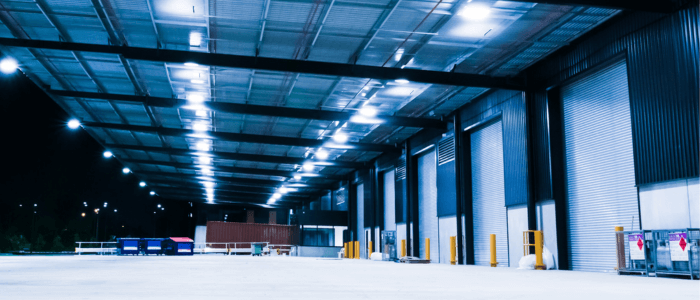Investors often confuse repairs, maintenance and capital improvements. They are all legitimate tax deductions, but repairs and maintenance are treated differently to capital improvements when recording your deductions for tax purposes each year.
It’s important to understand the difference to ensure you are meeting your tax obligations as well as maximising your tax deductions!
What is considered a repair for a rental property
Repairs for your residential property means repairing or servicing an asset with the purpose of keeping it in the same condition as when it was purchased.
Examples of repairs include:
- The oven door is broken and needs to be replaced;
- A hole in the wall needs to be repaired;
- The resealing of a leaking bathtub;
- A broken window needs to be replaced;
- Roof tiles are broken and need to be repaired.
Repairs costs can be claimed in whole in the year the cost is incurred; that is, the year you paid for the repair.
What is considered maintenance for a rental property
Maintenance for your residential property means maintaining the asset to prevent deterioration or fixing of an asset.
Examples of maintenance include:
- Repainting an interior wall as it has marks on it;
- Re-staining of the deck;
- Cleaning of the pool;
- Lawn and garden maintenance;
- Pest control.
Maintenance can be claimed in the whole year the cost is incurred; that is, the year you paid for the maintenance.
To claim for repairs and maintenance expenses your property must be income producing.
What is a capital improvement?
Capital improvements and additions to your residential property are improvements made to an asset that are beyond the condition of that asset at purchase.
Examples of capital improvements include:
- Replacing a roof;
- Repiering the whole house;
- Replacing walls;
- Adding rooms;
- Replacing fences,
- Repainting, or
- Replacing assets such as ovens, cooktops, rangehoods, blinds, carpets.
Depreciating brand-new assets for a residential property that cost less than $300 (eg. exhaust fan, bathroom accessories, smoke alarm) can be claimed in full, in the financial year in which the item was purchased and installed.
Capital improvements and additions that cost in excess of $300 must be depreciated over time, which means only a portion of the expense can be depreciated in the year of purchase, and the balance is claimable proportionally each year for the effective life of the brand-new asset.
For example, a new tile roof, installed on the 1st July, for a cost of $20,000, has an effective life of 40 years, and will depreciate at 2.5% per annum.
This Australian Taxation Office (ATO) quick reference chart below, can help you decide between repairs, maintenance and capital improvements:

Repairs, maintenance and capital improvement for commercial property owners and lessees
Commercial properties are treated differently again. Unfortunately, commercial property owners and lessees are not claiming all their available depreciation deductions.
The Australian Taxation Office (ATO) allows commercial property owners and lessees to claim tax depreciation for the wear and tear of their building, and for the depreciation of their plant and equipment assets over time.
Many commercial property owners and lessees are missing the accelerated deductions available when they complete a refurbishment on their commercial building space.
Examples of commercial spaces that regularly complete refurbishments are pubs, hotels, office spaces, restaurants and retail shops etc.
If you are an owner or lessee of a commercial property our articles below can help you get the most out of your commercial property space, case studies included:
- Refurbishing business spaces.
- Your fit-out is your friend in leased premises
- Accelerated tax deductions when renovating and refurbishing your hotel
Claiming your depreciation deductions
Regardless of the type, if you own an investment property, the best way to ensure your depreciation deductions have been maximised is to use a depreciation schedule prepared by Capital Claims Tax Depreciation.
We can complete a free personalised quote for you. Contact our expert team with any questions on 1300 922 220.








